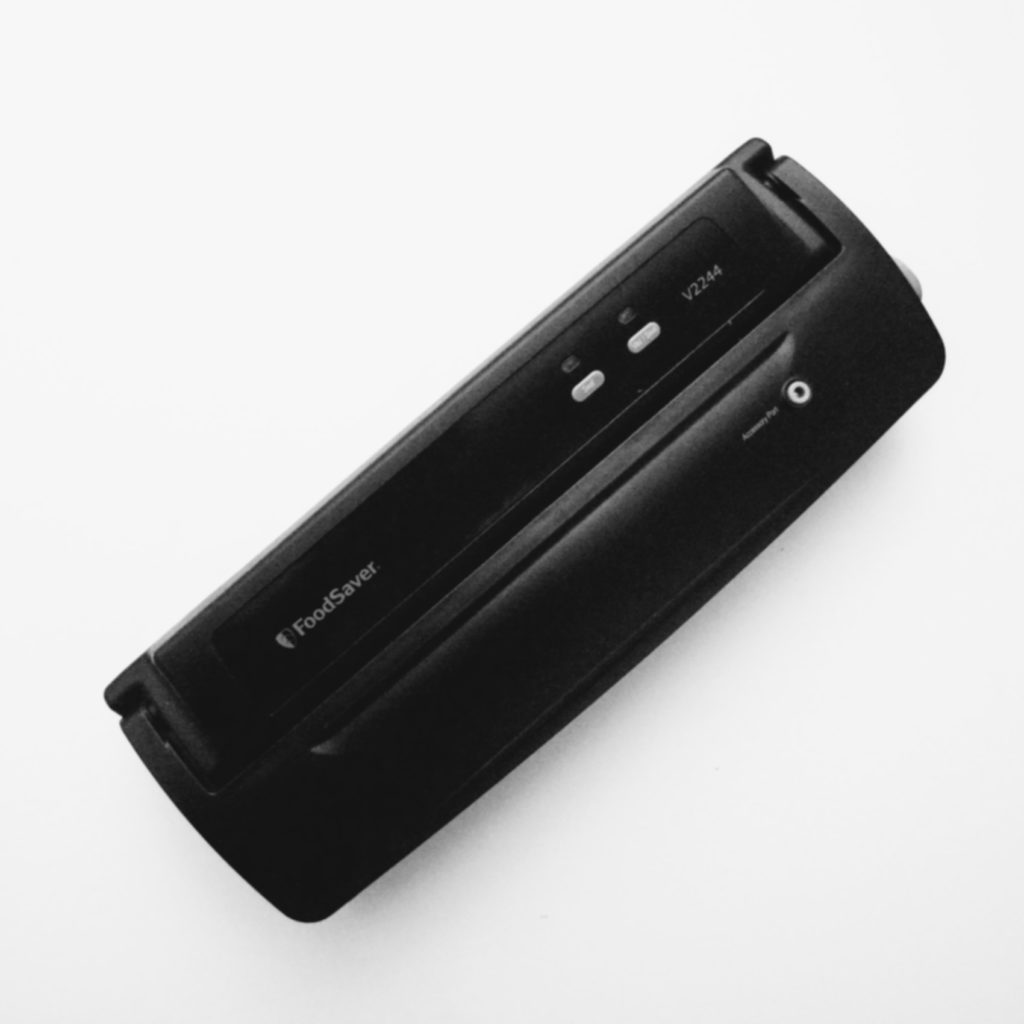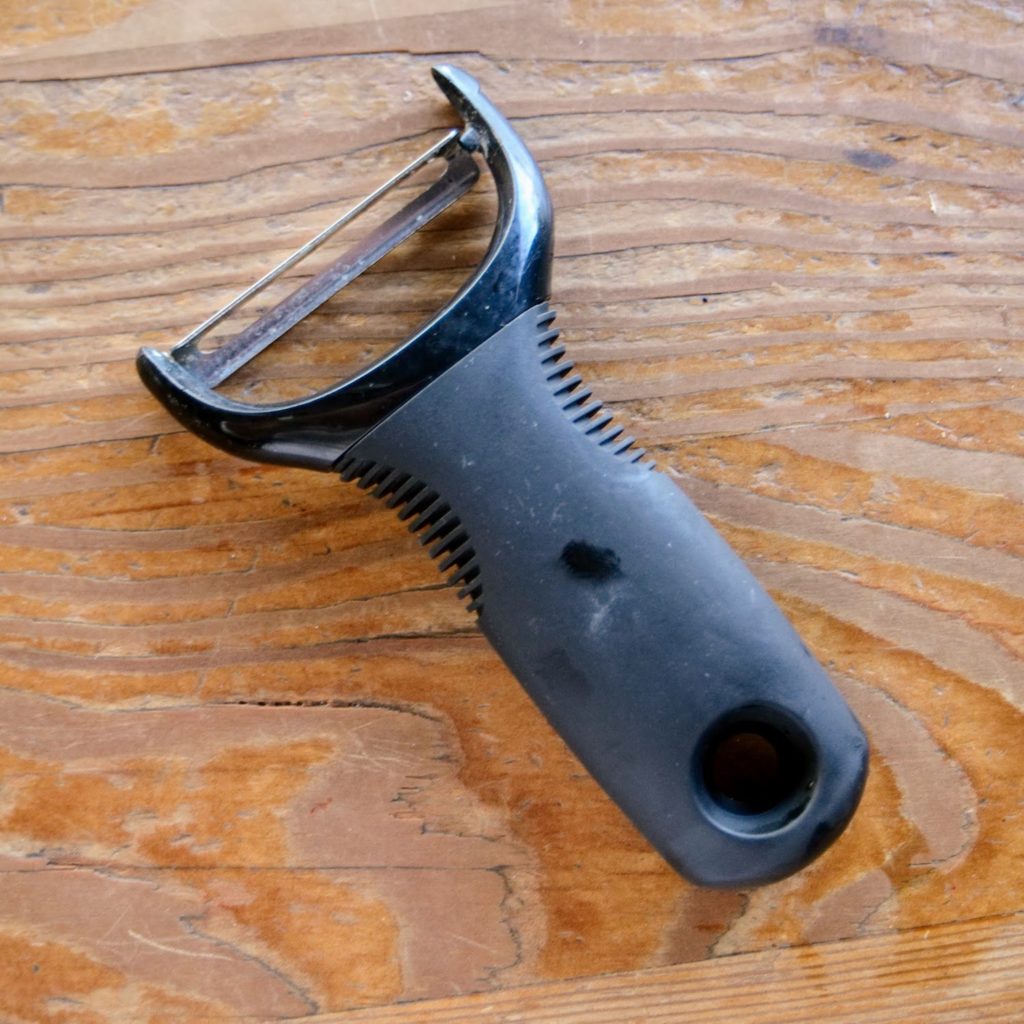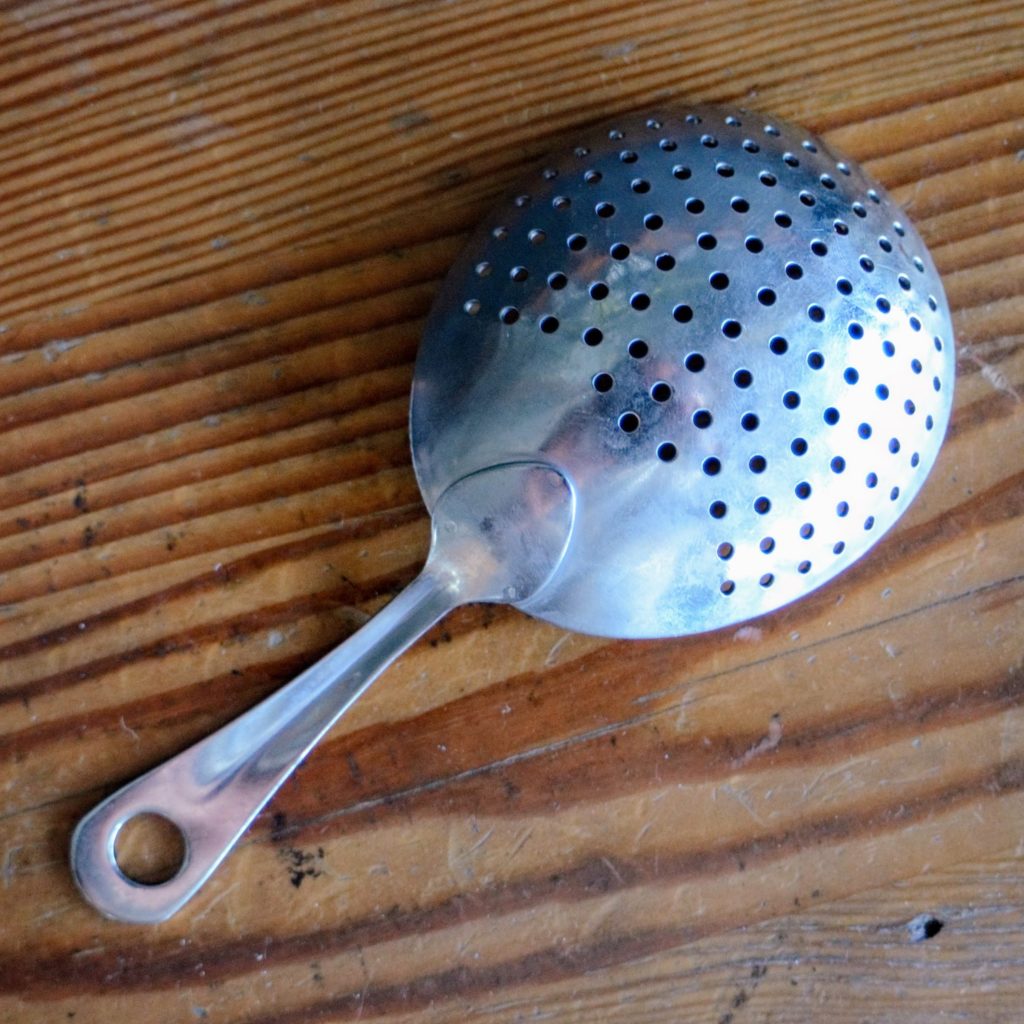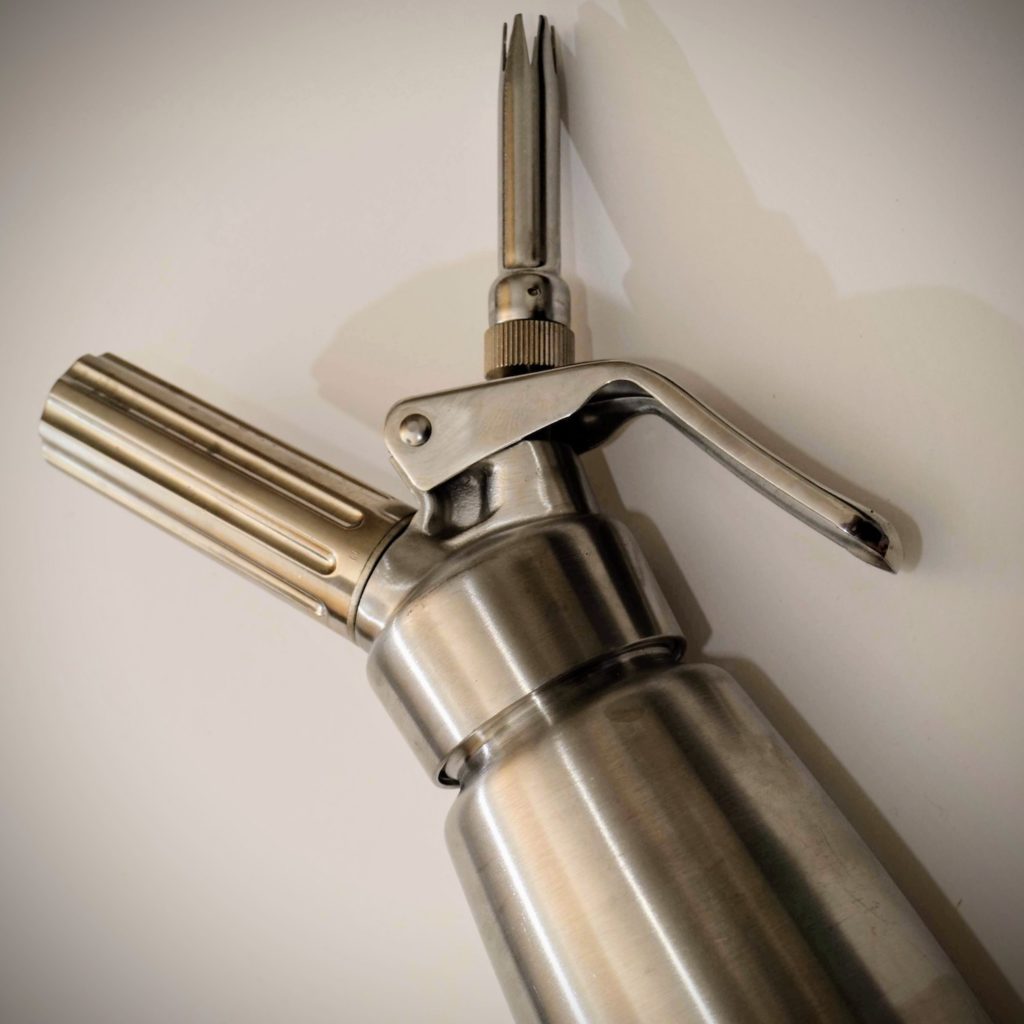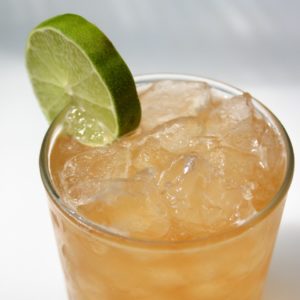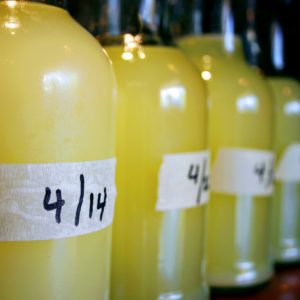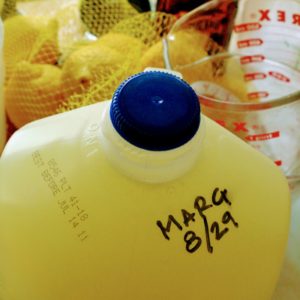There’s a category of booze that you don’t hear much about, and while there are many well-known brands that inhabit the category, I suspect you don’t hear much about the genre as a whole because, well, it’s kind of hard to pin down. And that’s about all you can say about herbal liqueurs.
Let’s face it, nobody will tell you what they’re made from, distilled from, sweetened with, colored with, or even admit that they’re closely related to other, similar spirits. Each brand is made from some sort of top-secret recipe, typically by monks who have sworn a vow of silence, and will claim to be as unique as a snowflake.
As you can imagine by the family name, an herbal liqueur can be pretty much any spirit that is flavored with herbs and sweetened. But I like to narrow down the playing field by placing amari, those suddenly popular bittersweet liqueurs that hail from Italy and Germany in their own class. And the same goes for those made from one or two simple herbs or those that clock in far below 80 proof. The herbal liqueurs I’m fascinated with are made from dozens and dozens of herbs, and typically weigh in at 40% alcohol by volume.
Herbal liqueurs have been around for centuries and most often began life as medicine; the monks who make Chartreuse were in the medicine business long before anyone thought to sweeten the stuff and sell it as something more… recreational. Which, in addition to the claim that it’s made from 130 different herbs, is about all we know about the stuff. Anything else would be merely conjecture.
So while you’ll never strong-arm a recipe for Strega or yellow Chartreuse out of the folks who make it, we’re fairly certain that the color comes in part from saffron. I can tell you with some certainty as a so-called “expert” that Galliano contains licorice. Benedictine, we know, is made from a base of Cognac. The people at Drambuie are kind enough to tell us that the base for their herbal liqueur is Scotch whisky, and that honey is used as the sweetener.
But what we do know for sure is that herbal liqueurs bring a layered, spicy quality to cocktails. And while I adore them in spirit-driven drinks such as the Bijou and Rusty Nail, I’ve never seen a better use for herbal liqueur than the modern classic Chartreuse Swizzle, by legendary San Francisco bartender Marcovaldo Dionysos.
Chartreuse Swizzle
by Marcovaldo Dionysos
1.25 oz green Chartreuse
1 oz pineapple juice
.75 oz lime juice
.5 oz falernum
Combine ingredients in a chilled Collins glass and fill to top with crushed ice. Using a cocktail spoon or swizzle stick, swizzle until the outside of the glass is frosted with ice. Add more crushed ice to fill, and garnish with a pineapple wedge and mint bouquet.


